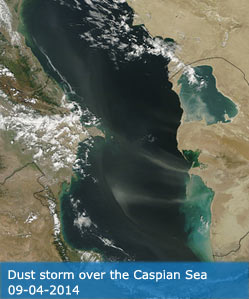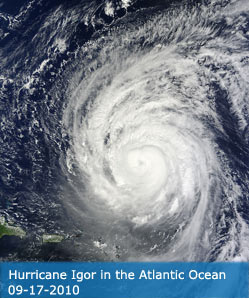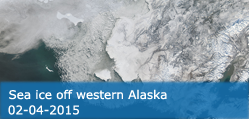Science Team
Publications
Maria, LD; Rossi, FS; da Costa, LM; Campos, MO; Panosso, AR; da Silva, CA Jr; La Scala, N Jr (2025). Atmospheric concentrations of CH4 in central-western areas of Brazil for 2009-2019 using GOSAT satellite. ADVANCES IN SPACE RESEARCH, 75(7), 5439-5449.
Abstract
The study of methane (CH4) concentrations in the atmosphere over central-western Brazil is of great importance due to the significant impact of cattle-raising activities and the presence of one of the largest floodplains in the world, the Pantanal. Furthermore, an aggravating factor observed in recent years is the prolonged dry periods, which have intensified the occurrence of fires. These fires, whether in deforested areas or regions converted for livestock or agricultural use, contribute to the rising atmospheric concentrations of CH4. We analyzed the seasonality and spatial variability of the column-averaged CH4 dry air mole fraction (xCH(4)) and investigated its relationships with cattle ranching activities and other attributes derived from remote sensing in the State of Mato Grosso do Sul. We used the Enhanced Vegetation Index (EVI) and Land Surface Temperature (LST) data from the MODIS sensor, and the xCH(4) data was acquired from the TANSO-FTS sensor onboard on GOSAT. The Mann-Kendall trend test revealed a significant trend (P < 0.05) for April, suggesting a monotonic increase in xCH(4) levels after 2014, further confirmed by Pettitt's test (P = 0.042). Moreover, we were able to explain 78.43 % of the data variability through PCA analysis, and the first component alone was responsible for 43.42 %. The xCH(4) pattern was highly similar to the LST over the time series (2009-2019). The linear regression between both points out that xCH(4) levels would increase around 3.57 per degrees C. Therefore, with climate change, the temperature tends to be an excellent indicator of the increase in CH4 concentration in areas located in the central-west region of Brazil. (c) 2025 COSPAR. Published by Elsevier B.V. All rights are reserved, including those for text and data mining, AI training, and similar technologies.
DOI:
10.1016/j.asr.2025.01.058
ISSN:
1879-1948




